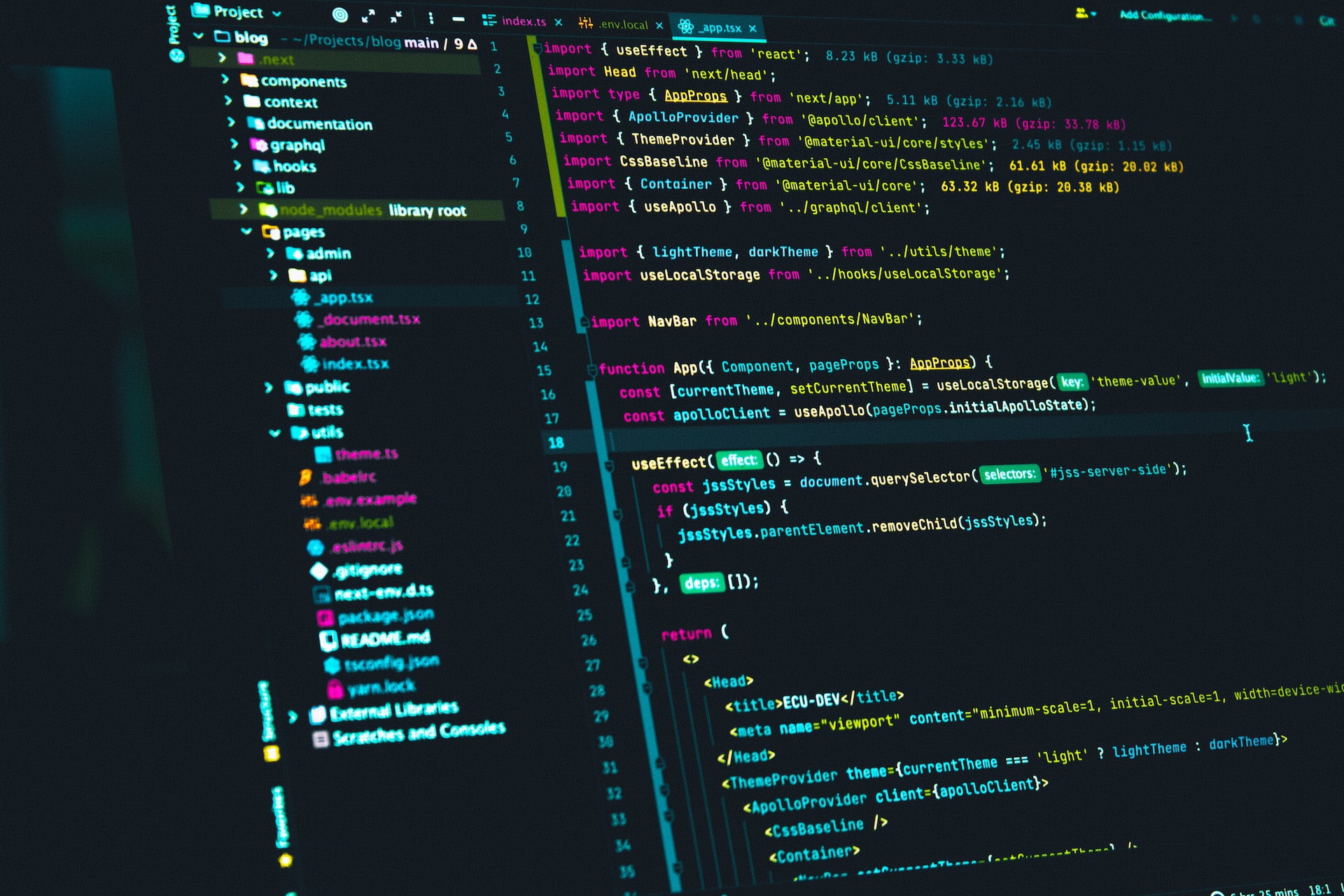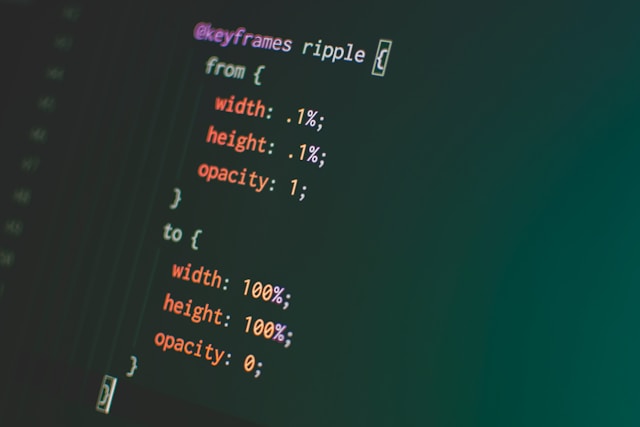Introduction: The Allure of Python
In the vast landscape of programming languages, Python shines with an almost magnetic allure. Its steadfast popularity, undiminished over the years, can be attributed to a confluence of features that render it not merely functional but also exquisitely versatile. Python’s enduring appeal can be dissected through its elegant syntax, vast ecosystem, and the extensive applications it supports.
Elegant Syntax: The Beauty of Simplicity
At the heart of Python’s charm lies its syntax, a paragon of simplicity and readability. Unlike its more verbose counterparts, Python’s syntax eschews cumbersome constructs, favoring a streamlined approach that emphasizes clarity. This design philosophy makes Python an ideal language for both neophytes and seasoned programmers. Its code structure resembles a well-composed essay, where the narrative flows seamlessly, enabling developers to write and maintain code with ease.
Rich Ecosystem: The Expansive Arsenal
Python’s ecosystem is akin to a treasure trove of libraries and frameworks, each tailored to diverse needs. The language’s extensive standard library is complemented by a thriving repository of third-party modules. Whether one is delving into web development with Django or Flask, or exploring data science with Pandas and NumPy, Python provides an arsenal of tools that simplify complex tasks. This wealth of resources not only accelerates development but also fosters innovation by lowering the barriers to entry for new projects.
Versatility Across Domains: The Universal Language
The versatility of Python is perhaps its most compelling attribute. Its applications span a wide gamut, from web development and scientific computing to artificial intelligence and automation. In web development, frameworks such as Django and Flask facilitate the creation of robust, scalable applications. In the realm of data science, Python’s prowess is evident through libraries like TensorFlow and scikit-learn, which empower researchers and engineers to build sophisticated machine learning models.
Python’s role in automation is equally noteworthy. Its ability to streamline repetitive tasks through scripting has made it an invaluable tool in various industries. In addition, Python’s integration with other languages and technologies allows it to serve as a glue language, binding disparate systems into cohesive units.
Community and Support: The Power of Collaboration
The vibrant Python community further cements the language’s popularity. This expansive network of developers, enthusiasts, and contributors creates an environment rich with shared knowledge and support. Forums, mailing lists, and conferences provide platforms for collaboration and learning, ensuring that Python evolves in tandem with technological advancements. The collective effort of this community not only drives the language forward but also fosters an inclusive culture where ideas are freely exchanged.
Educational Impact: The Gateway to Programming
Python’s role as an educational tool cannot be understated. Its straightforward syntax and ease of use make it a preferred choice for teaching programming concepts. Educational institutions and online platforms alike leverage Python to introduce students to the fundamentals of coding. By demystifying the complexities of programming, Python serves as a gateway for the next generation of developers.
Conclusion: The Unwavering Popularity
In summary, Python’s sustained popularity is a testament to its elegant design, versatile applications, and supportive community. Its ability to simplify complex tasks, coupled with its extensive ecosystem and educational value, ensures that Python remains a dominant force in the programming world. As technology continues to evolve, Python’s adaptability and accessibility will likely secure its place at the forefront of programming languages, inspiring innovation and facilitating development across myriad domains.









